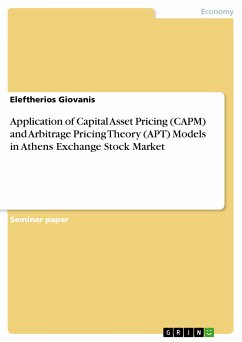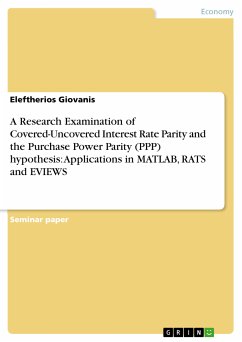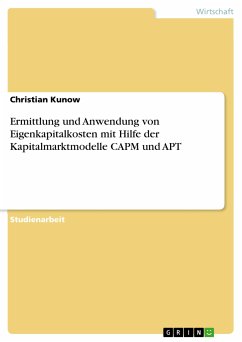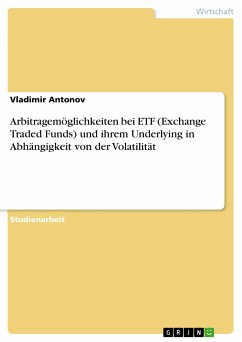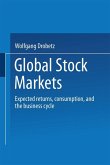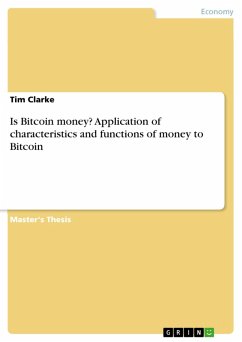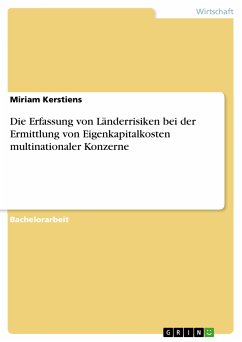Seminar paper from the year 2007 in the subject Business economics - Investment and Finance, grade: 90.0%, , language: English, abstract: This paper examines the estimating and forecasting performance of the different and various Generalized Autoregressive Conditional Heteroscedasticity-GARCH’s models in relation to Capital Asste Pricing Model (CAPM) model. We apply the CAPM model with ordinary least squares (OLS) method to investigate if an ARCH (Autoregressive Conditional Heteroscedasticity) is presented and we are trying to decide and to analyze which GARCH model is the most appropriate and the best fitted for the financial time series that we have chosen. We apply CAPM model in the financial time series of the share prices of Technology-Software Sector in Athens Exchange stock market for the period January 1st of 2002 to October 30th of 2007 for the enterprises “Unibrain” “MLS Informatics” and “Dionic” respectively , from April 2nd of 2002 to 30th October of 2007 for the enterprise “Compucon”, from August 2nd of 2002 to 30th October of 2007 for the enterprise “Centric”, and finally from February 2nd of 2004 to 30th October of 2007 for the enterprise “Ilyda”. Additionally, we apply roiling regressions, where the full programming routines in EVIEWS and MATLAB are described detailed. We conclude that the slope β coefficient of CAPM model is not constant through the time period of rolling regressions we apply. In the final part we examine a simple Arbitrage Pricing Theory (APT) model.
Bitte wählen Sie Ihr Anliegen aus.
Rechnungen
Retourenschein anfordern
Bestellstatus
Storno

